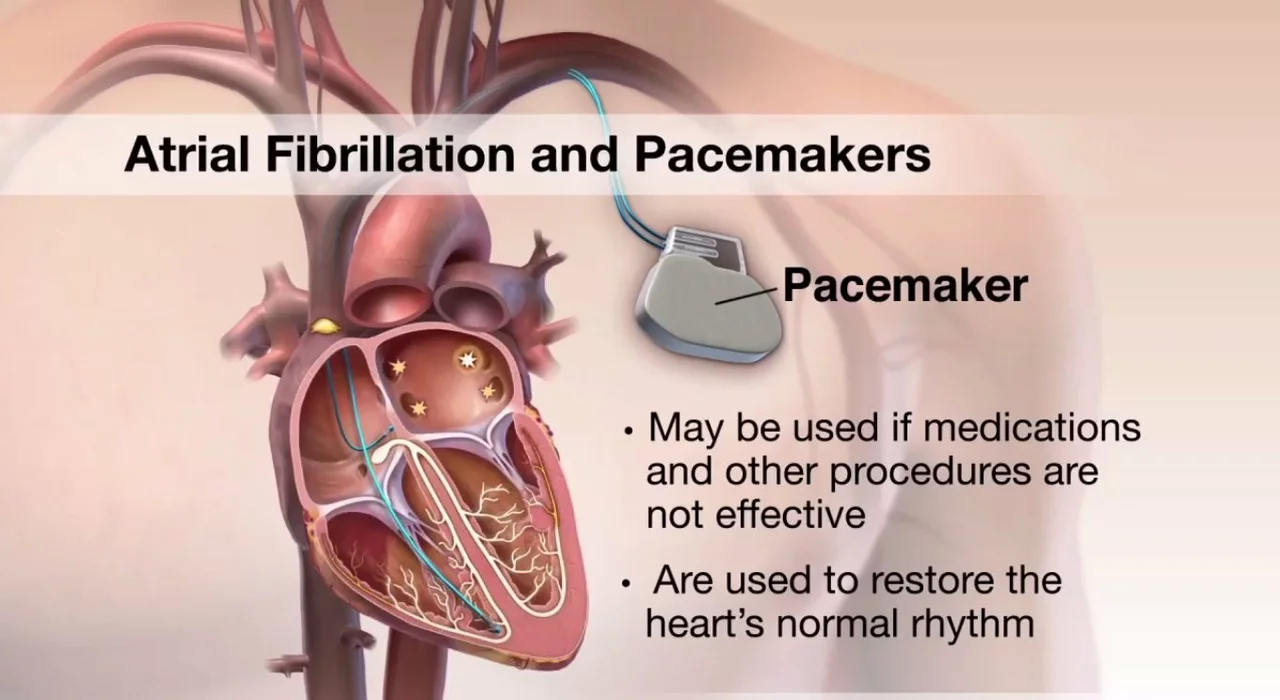Atrial Flutter – Quick Guide
If your heart feels like it’s skipping or racing for no reason, you might be dealing with atrial flutter. It’s a rhythm problem that makes the upper chambers of the heart beat too fast, but it isn’t as scary as it sounds once you know the basics.
How Atrial Flutter Shows Up
The first clue is often a rapid heartbeat that comes on suddenly. You may feel fluttering in your chest, shortness of breath, or light‑headedness. Some people just notice fatigue after a short walk. The fast rhythm usually sits around 250 to 350 beats per minute in the atria, but the ventricles – the lower chambers – end up beating slower because they filter the signal.
Doctors confirm it with an electrocardiogram (ECG). The ECG shows a characteristic “saw‑tooth” pattern that’s easy to spot. If you have a history of atrial fibrillation, high blood pressure, or thyroid problems, your risk goes up.
Treating Atrial Flutter
Treatment starts with medicines that slow the heart down or restore normal rhythm. Beta‑blockers and calcium channel blockers are common first steps. If drugs don’t work, doctors may try a cardioversion – a short electric shock that resets the heartbeat.
For many patients, the best long‑term fix is catheter ablation. During this outpatient procedure, a tiny tip delivers energy to scar the tissue that’s causing the flutter. Most people feel better right after and can return to normal activities in a week or two.
Lifestyle tweaks also help keep the rhythm steady. Cutting back on caffeine, limiting alcohol, staying active with moderate exercise, and managing stress are simple steps that reduce episodes.
If you notice any new chest pain, fainting, or worsening shortness of breath, call your doctor right away. Those signs could mean a more serious problem needs urgent care.
Living with atrial flutter isn’t a life sentence. With the right mix of medication, possible ablation, and everyday habits, most folks get back to their usual routine without constant worries.
Got questions about your own heart rhythm? Talk to a cardiologist – they can run an ECG, explain your options, and set up a plan that fits your life. Knowing what atrial flutter looks like is the first step toward taking control of it.

Amiodarone and the Treatment of Atrial Flutter: A Comprehensive Guide
In my latest blog post, I've explored the comprehensive guide on Amiodarone and its role in treating Atrial Flutter. I've discussed how this medication works effectively to maintain a normal heart rhythm and prevent complications. Additionally, I've touched upon the potential side effects and precautions one should take while using Amiodarone. I also delved into the importance of proper dosage and regular monitoring during the treatment. To learn more, I invite you to read the full article for a deeper understanding of this vital medication in managing Atrial Flutter.